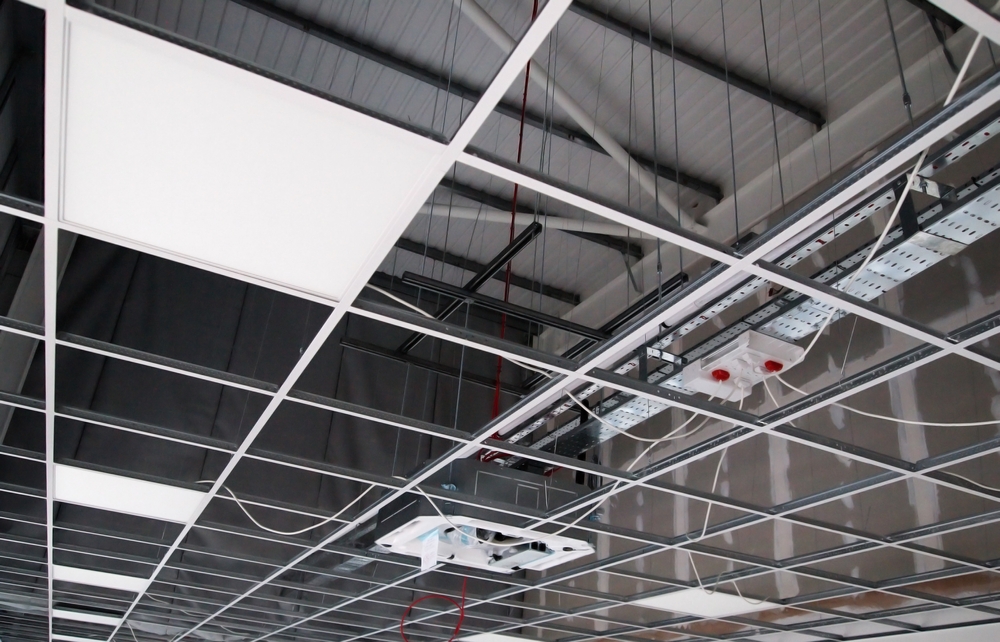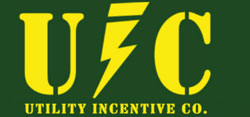How LED Lighting Upgrades Save Businesses Thousands in Energy Costs

Businesses of all sizes are constantly seeking ways to cut costs and improve operational efficiency. One of the most effective yet often overlooked strategies is switching to an LED lighting upgrade. Traditional lighting systems, such as incandescent and fluorescent bulbs, are significantly less efficient, consuming more power and requiring frequent replacements. On the other hand, energy-efficient lighting solutions, particularly LED technology, provide long-term savings by reducing electricity consumption and maintenance costs.
LED lights use up to 80% less energy compared to traditional bulbs while producing the same or even superior brightness levels. This reduction in energy consumption translates directly into lower utility bills. Given that lighting accounts for a substantial portion of a business’s energy expenditure, transitioning to an LED lighting upgrade can result in thousands of dollars in savings annually. Additionally, businesses can take advantage of various government incentives and rebates for energy-efficient lighting upgrades, further enhancing their return on investment.
The Science Behind LED Efficiency and Cost Reduction
The primary reason why LED lighting is significantly more energy-efficient lies in its unique design and operation. Traditional incandescent bulbs produce light by heating a filament, a process that wastes a considerable amount of energy as heat. Fluorescent lights, while slightly more efficient, still rely on gas-discharge technology that loses energy in the form of heat and requires ballasts to regulate the current. In contrast, LED lights generate light through electroluminescence, a process that minimizes energy loss and maximizes efficiency.
This efficiency directly affects a business’s bottom line. Since LED bulbs consume a fraction of the energy used by older lighting technologies, businesses experience immediate reductions in their monthly electricity expenses. Furthermore, LED bulbs have a lifespan that is approximately 25 times longer than traditional incandescent bulbs, meaning they require far fewer replacements. This longevity reduces maintenance and operational costs, making LED lighting upgrades a smart financial decision for businesses looking to improve profitability.
Case Studies: Real Businesses Benefiting from LED Lighting Upgrades
Numerous businesses across different industries have successfully implemented LED lighting upgrades and reaped substantial financial rewards. Retail stores, for example, have reported significant reductions in their electricity bills after replacing fluorescent lighting with LED fixtures. Supermarkets, which operate with lights on for extended periods, have particularly benefited from lower energy consumption and reduced heat emissions, which in turn decreases air conditioning costs.
Manufacturing facilities have also seen impressive results. By installing energy-efficient lighting, these facilities have not only cut down on energy expenses but also improved working conditions. LED lights provide better illumination, reducing the likelihood of workplace accidents and enhancing productivity. Similarly, office buildings that have transitioned to LED lighting upgrades have experienced both energy savings and improved employee well-being due to better lighting quality, which reduces eye strain and increases focus.
For businesses operating in the hospitality industry, such as hotels and restaurants, LED lighting has been a game-changer. By replacing outdated lighting systems with energy-efficient alternatives, these establishments have managed to cut electricity costs significantly while creating a more inviting ambiance for their customers. Given the cumulative impact of these savings, businesses that invest in LED lighting upgrades find themselves with more capital to reinvest in other areas of growth.
The Environmental and Corporate Responsibility Benefits
Beyond the financial advantages, an LED lighting upgrade aligns with corporate sustainability goals. As more businesses strive to reduce their carbon footprint, switching to energy-efficient lighting becomes an essential step in demonstrating environmental responsibility. LED lights consume less electricity, leading to a significant reduction in greenhouse gas emissions associated with power generation. By making this change, businesses actively contribute to a cleaner and more sustainable future.
Additionally, LED bulbs do not contain hazardous materials such as mercury, which is commonly found in fluorescent lighting. This means businesses can safely dispose of or recycle LED lights without harming the environment. The reduced need for frequent replacements also minimizes waste, making LED lighting an eco-friendly choice. Many companies that have made the switch to energy-efficient lighting have leveraged their sustainability initiatives as part of their branding and marketing strategies, attracting environmentally conscious consumers and strengthening their corporate reputation.
How to Get Started with an LED Lighting Upgrade
Transitioning to an LED lighting upgrade may seem like a daunting task, but the process is relatively straightforward when approached strategically. The first step is conducting an energy audit to assess the current lighting setup and identify areas where efficiency improvements can be made. Many energy consultants and lighting companies offer free or low-cost audits, providing businesses with a clear roadmap for their upgrade.
Next, businesses should research available incentives and rebate programs. Many governments and utility companies offer financial assistance to encourage the adoption of energy-efficient lighting. Taking advantage of these programs can significantly reduce the upfront costs of an LED lighting upgrade, making the transition even more cost-effective.
Once businesses have secured the necessary funding, selecting the right LED products is crucial. Not all LED lights are created equal, and factors such as lumens, color temperature, and dimming capabilities should be considered based on the specific needs of the business environment. Partnering with a reputable LED supplier or contractor can ensure that the right lighting solutions are chosen for maximum efficiency and performance.
Finally, the installation process should be planned to minimize disruption to business operations. Many LED lighting upgrades can be completed during off-hours or in phases to ensure a smooth transition. Once installed, businesses will immediately begin to see reductions in their energy costs, increased lighting quality, and long-term savings.
Conclusion
By embracing LED technology, businesses can achieve substantial financial and environmental benefits. An LED lighting upgrade is an investment that pays for itself in energy savings, reduced maintenance costs, and improved operational efficiency. As companies look for practical ways to enhance their bottom line and sustainability efforts, transitioning to energy-efficient lighting emerges as one of the smartest and most impactful choices available.
Need a Lighting Company in California?
Since 2003, we here at Utility Incentive Corp. have been the premier provider of energy efficient electrical services in San Diego and the surrounding areas. We are a privately owned and operated business with 20 years of experience. Our friendly and professional staff work in conjunction with other businesses to provide them with better solutions at little to no cost to property owners.
We focus primarily on relamping and retrofitting T12 lamps and ballasts to “Energy Star” T-8 lamps and “flicker free” ballasts. Our other services include a free initial consultation, energy audit, and utility application. Give us a call today to see why we have installed and replaced over 175,000 fixtures across California!
